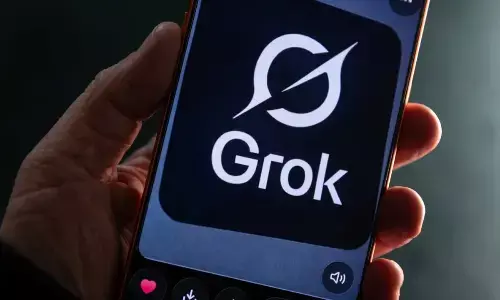Body language skills: The unspoken word

Body Language Skilling is all about non- verbal communication as the message is conveyed either consciously or unconsciously. The focus is on the unspoken element.
Body Language Skilling is all about non- verbal communication as the message is conveyed either consciously or unconsciously. The focus is on the unspoken element. There are two facets to body language: positive & negative. Positive body language includes open posture, head motion, facial expression, firm handshake, gestures, good eye contact. Negative body language includes folded arms, poor eye contact, nail-biting, tapping fingers, head tilted, touching nose, rubbing hands.
Verbal communication happens through speech and word of mouth. Non-verbal communication is the eye movement, gestures, body movement, folded arms. Prof Mehrabian has stated that communication is only 7% verbal and 93% non-verbal. 5 roles in Non-Verbal: Repetition, Contradiction, Substitution, Complementing, Accenting.
According to Rajani 1st year student of Chennai Amrita International Institute of Hotel Management, body language should constitute elements of good eye contact, smiling countenance, being confident, and tone of voice. She aims to be a Front Office Professional. Her hobbies include music, drawing and environmental activities.
Tejaswi says understanding the other person's body language is important to pick up the cues. One needs constant improvement to work on body language skills. She's passionate about badminton and music. Aims to be a Front Office Professional.
Swapna says maintaining good posture, enhancing confidence levels are important for self-improvement. She wants to be a Chef. Her hobbies include music and food freak. She admires Abdul Kalam.
Good body language
Eye contact
Standing posture
Sitting posture
Practice smiling
Practice handshake
Dress well
The ability to understand body language helps to pick up unspoken issues. It includes actions and ways of behaving. Closed body language has hidden motives, crossed legs/arms, hands closed.
Body language cues
Study the eyes
Observe the face
Attention to positivity
Head movement
Look at the feet
Watch hands
Negative body language
Difficult Conversations
Defensive
Arms folded
Minimum facial expression
Body, Eyes downwards
Avoiding engaged audience
Positive body language
Open posture
Firm handshake
Avoid touching face
In Public speaking, good posture, head up, open hand gestures, practicing perfect posture are crucial to make the impact. For success in personal/professional relationships, the use of balance, experiences, mannerisms are essential.
As we know, body language impacts leadership.
1. Impression: Adjust your attitude, smile, make eye contact, leaning slightly, right postures and shake hands.
2. Building trust depends on non-verbal alignment.
3. What you say as you talk reflects with your hands hidden, fingers pointing, gestures.
4. The communication medium primarily faces to face.
5. If one fails reading body language, one misses the conversation.
Students need to be groomed from early days to work on good body language skilling. The focus has been more on verbal skills but with practice, one would master body language skills. This would enable them to be comfortable in their skin.

















